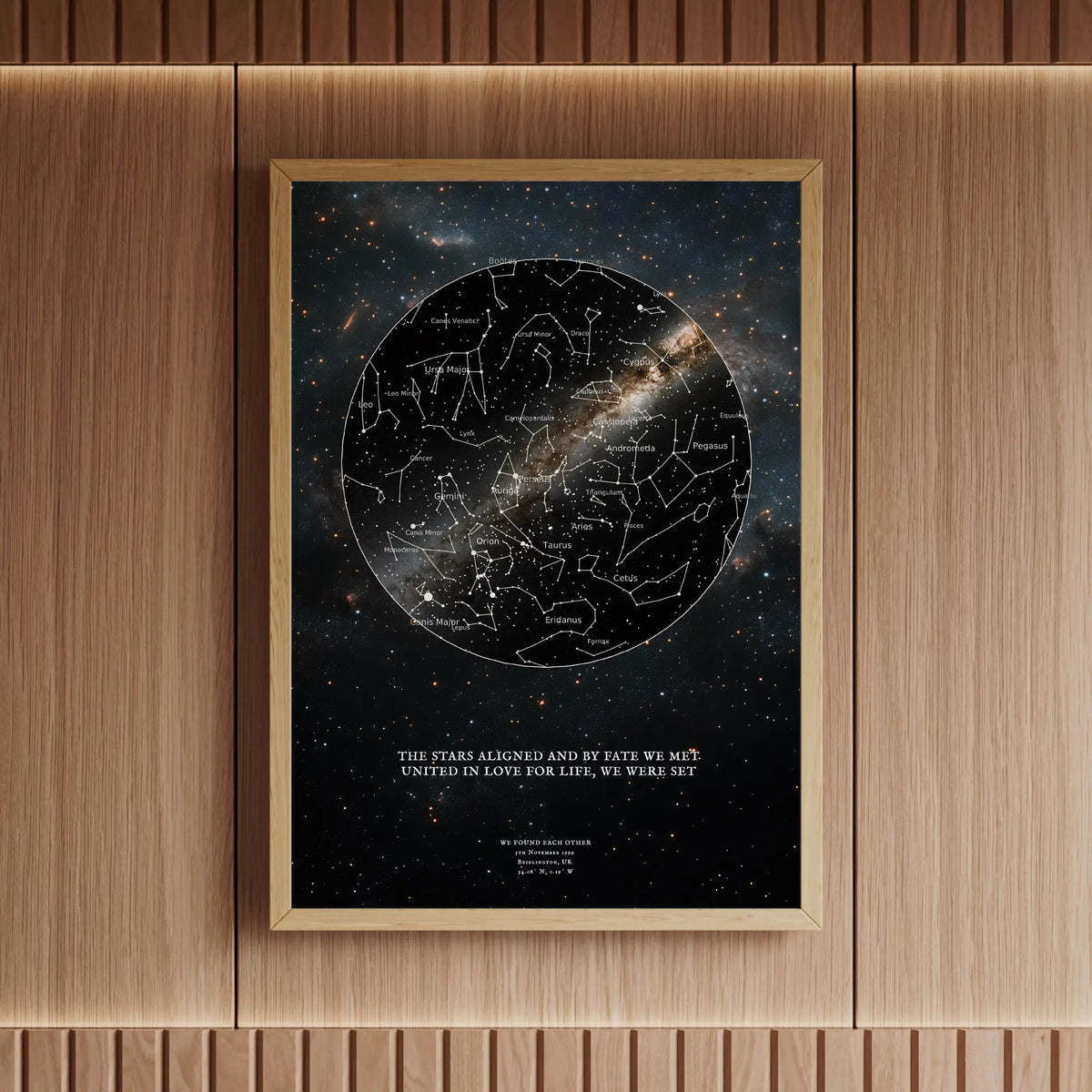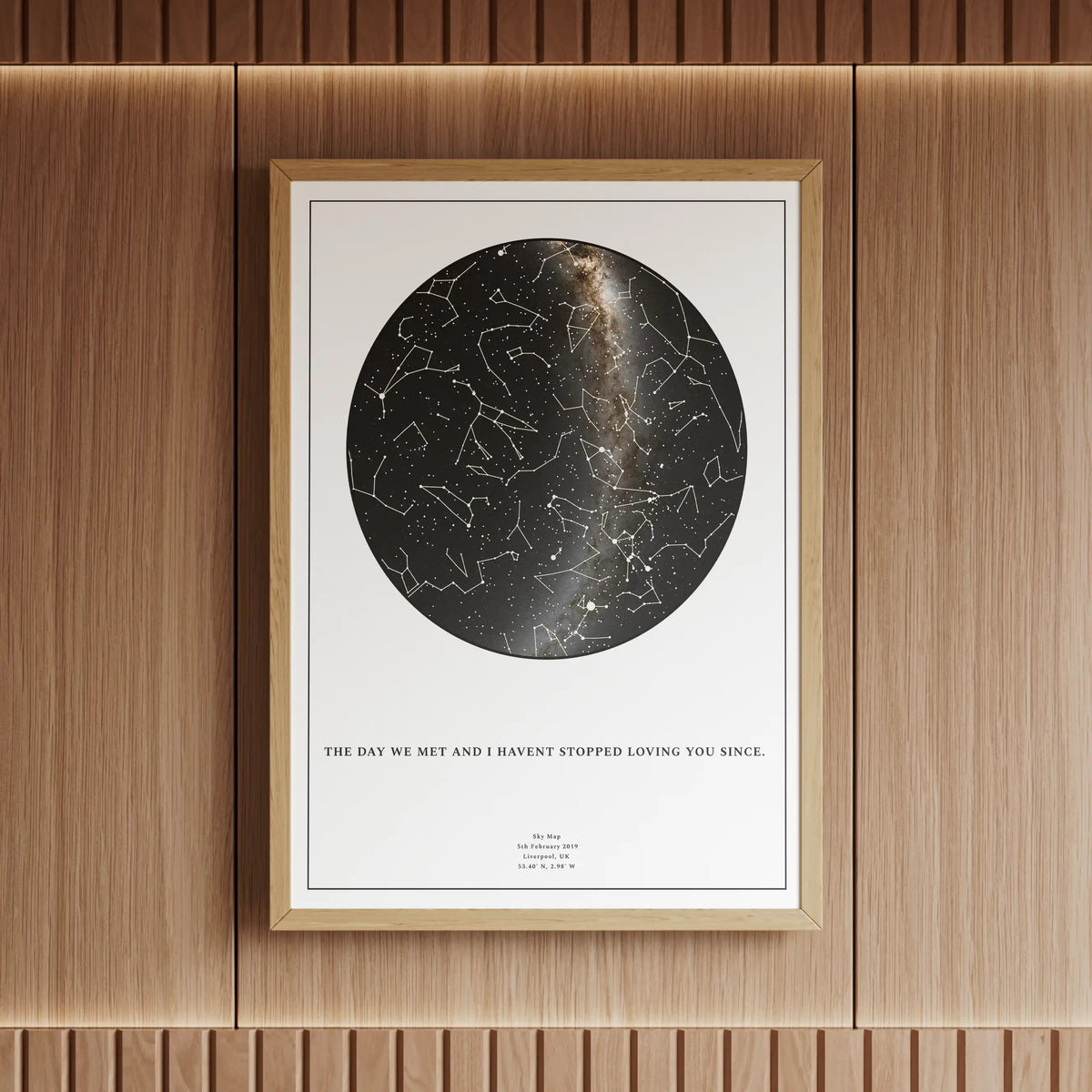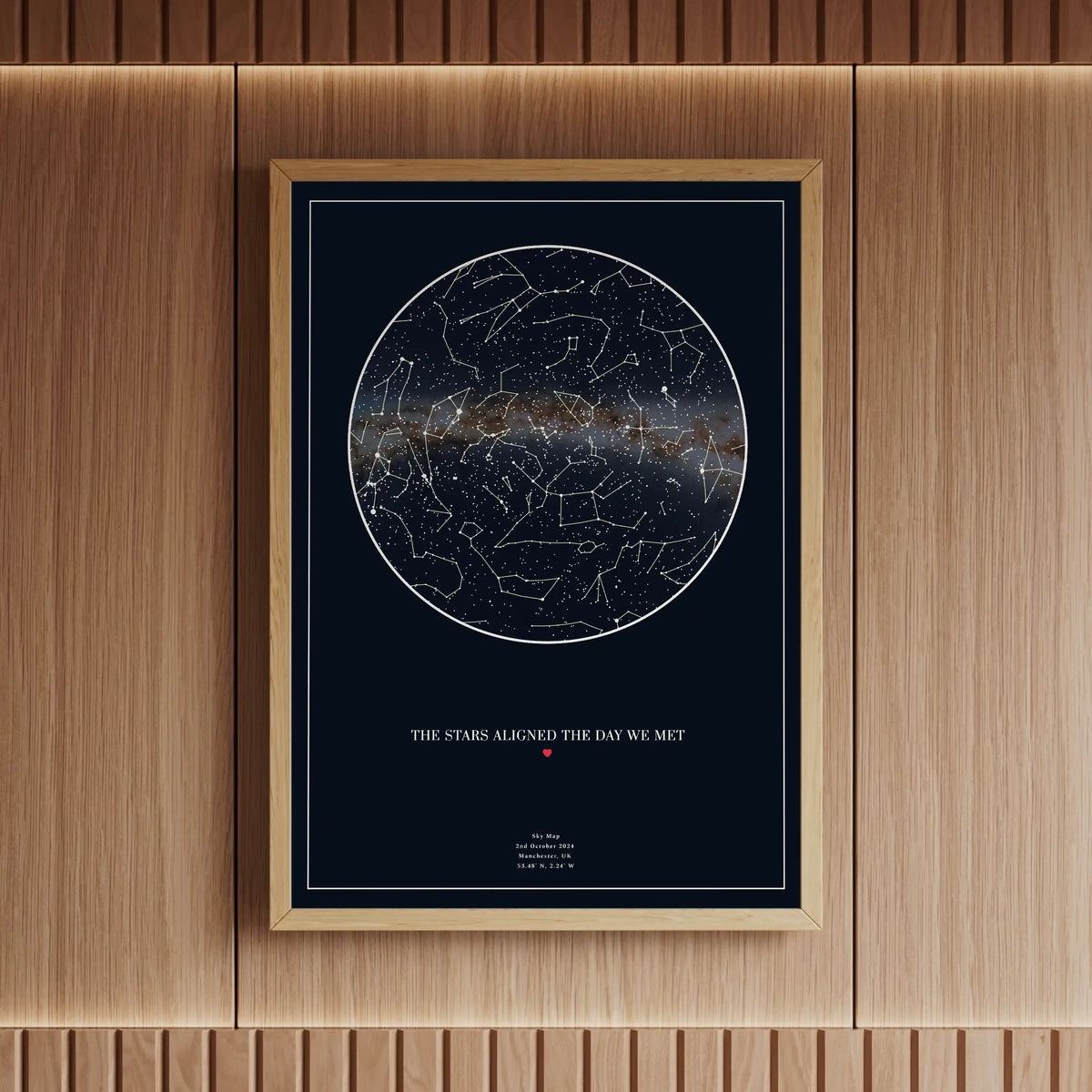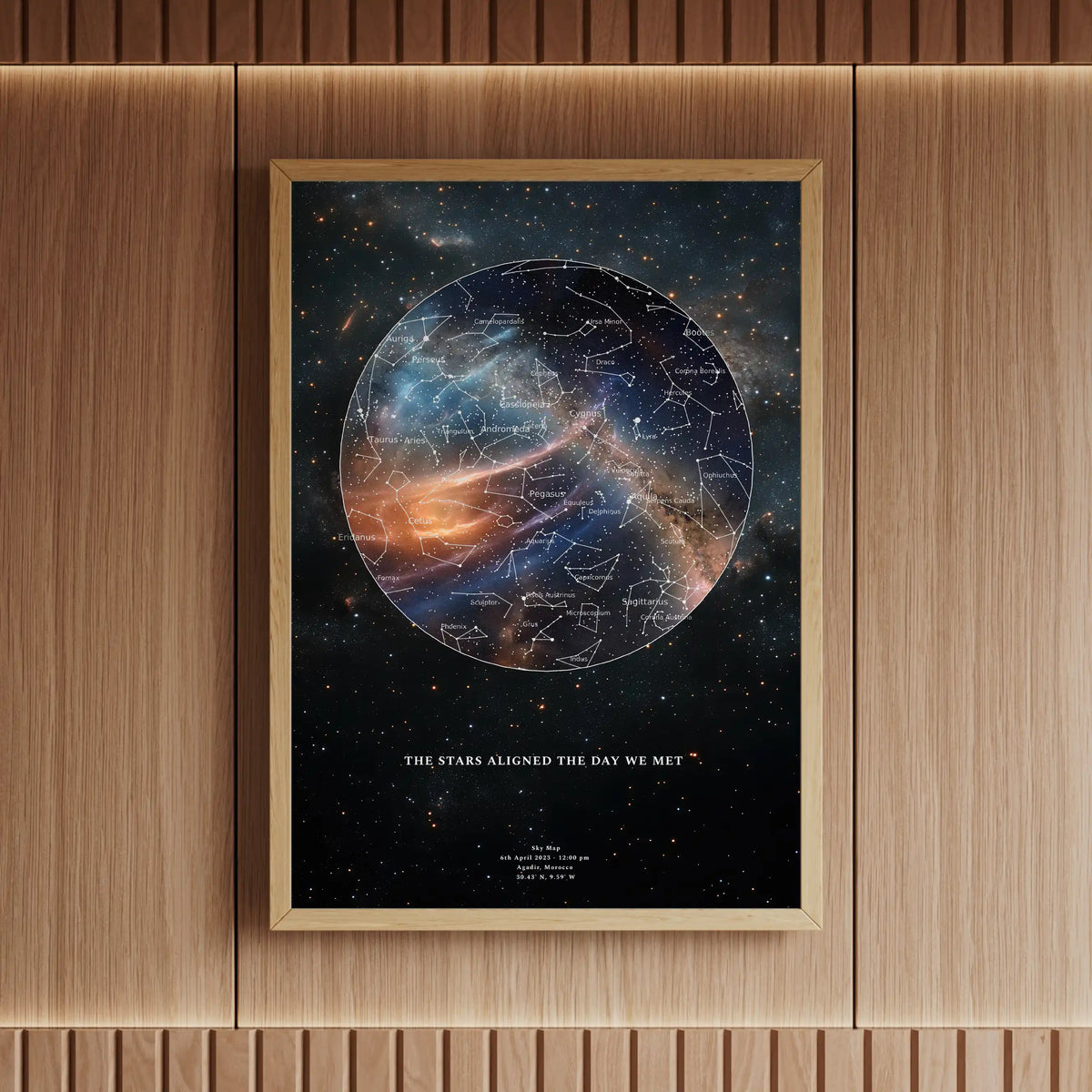- Evidence Behind the Ninth Planet
- Implications for Planetary Science
- How Scientists Are Searching
- Challenges and Future Prospects
- Conclusion
For decades, the notion of a ninth planet—often dubbed “Planet Nine”—has captured both professional and public imagination. With Pluto’s demotion to dwarf planet status in 2006, our Solar System officially contained eight primary planets. Yet in recent years, intriguing evidence has revived the idea that a massive world may still roam the far reaches beyond Neptune. This article explores the latest findings, why they matter, and what lies ahead in the hunt for Planet Nine.
Evidence Behind the Ninth Planet
Scientists have long noted peculiar clustering in the orbits of certain trans-Neptunian objects (TNOs). These icy bodies, residing hundreds of astronomical units (AU) from the Sun, exhibit orbital alignments that are statistically unlikely to occur by chance. In May 2025, Earth.com reported that a team of astronomers found that gravitational perturbations affecting these TNOs could be best explained by an unseen planet weighing several Earth masses and orbiting at several hundred AU. Their simulations indicate that such a body would exert a subtle but measurable influence on surrounding objects, correlating with observed anomalies. Direct imaging has so far proven elusive due to its considerable distance and faintness, but ongoing sky surveys may soon provide a clearer picture.
Implications for Planetary Science
If Planet Nine exists, it would reshape our understanding of Solar System formation. Standard models suggest the giant planets—Jupiter, Saturn, Uranus and Neptune—settled into well-defined orbits early in the Solar System’s history. The presence of an additional massive planet challenges these models, implying either outward migration or capture from another star. This could prompt new simulations on protoplanetary disc dynamics and gravitational interactions. Moreover, the discovery would necessitate a reclassification of certain distant objects, as the boundary between planets and dwarf planets might require adjustment. Educators and textbook authors would need to update curricula, reflecting how a ninth planet fits into the hierarchy of Solar System bodies.
How Scientists Are Searching
Detecting a faint, distant world requires sophisticated instruments and strategies. Teams utilise wide-field sky surveys, such as those conducted by the Vera Rubin Observatory (formerly LSST), to capture repeated images of the same regions. By comparing these images over months, astronomers can identify objects with slow motion across the celestial sphere—characteristic of distant Solar System bodies. Additionally, advanced computational techniques sift through vast data sets to flag potential candidates, filtering out false positives caused by noise or background stars. Some researchers also employ gravitational microlensing events, where a foreground object magnifies a background star’s light; an unexpected lensing signature could reveal Planet Nine’s presence. Combining these methods enhances the likelihood of success.
Challenges and Future Prospects
Despite the promise, several obstacles remain. Firstly, a planet located hundreds of AU from the Sun would reflect minimal sunlight, making it exceedingly dim. Secondly, its orbit is likely highly elliptical, meaning it spends most of its time far from the Sun’s glare, further reducing visibility. Finally, distinguishing Planet Nine from distant dwarf planets or scattered disc objects necessitates high-resolution imaging and repeated observations over years. Nonetheless, upcoming missions and observatories offer hope. The European Space Agency’s Gaia telescopes, combined with ground-based networks like Pan-STARRS, are poised to expand TNO catalogues and refine orbital models. If Planet Nine exists, these efforts may reveal its location within the next few years.
Conclusion
The quest to find a ninth planet highlights astronomy’s evolving nature. As technology advances, what once seemed like speculation could soon become documented reality. Confirming Planet Nine would not only rewrite Solar System maps but also deepen our comprehension of planetary formation and migration. For now, astronomers remain vigilant—scanning the dark outskirts of our cosmic home for that faint signature of an unseen giant, reminding us that even in our own backyard, there are still mysteries to uncover.










